| |
Family (Alpha): | |
| View | Tettigoniidae Members:
| NC Records |
|---|
Amblycorypha oblongifolia (De Geer, 1773) - Oblong-Winged Katydid |
|
|
|
|
|
Image Gallery for Amblycorypha oblongifolia - Oblong-Winged Katydid
|
 | Recorded by: Mark Basinger
Brunswick Co.
Comment: | 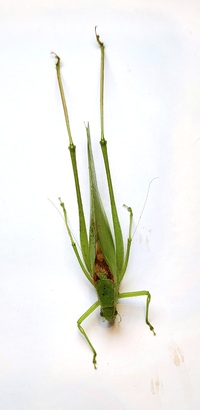 | Recorded by: Mark Basinger
Brunswick Co.
Comment: |
 | Recorded by: Mark Basinger
Rowan Co.
Comment: | 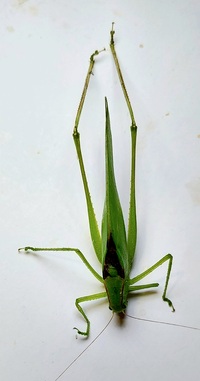 | Recorded by: Mark Basinger
Rowan Co.
Comment: |
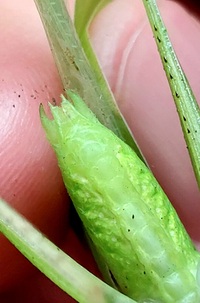 | Recorded by: Mark Basinger
Rowan Co.
Comment: |  | Recorded by: Mark Basinger
Rowan Co.
Comment: |
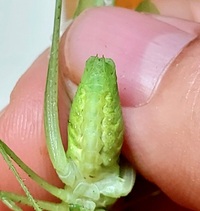 | Recorded by: Mark Basinger
Rowan Co.
Comment: | 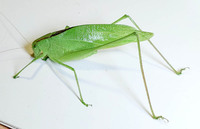 | Recorded by: Mark Basinger
Rowan Co.
Comment: |
 | Recorded by: Steve Hall
Chatham Co.
Comment: Heard in an herbaceous opening next to the Deep River | 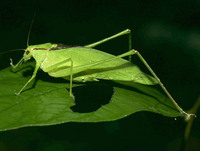 | Recorded by: David George
Chatham Co.
Comment: Rocky River floodplain |
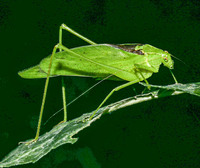 | Recorded by: David George
Chatham Co.
Comment: |  | Recorded by: Simpson Eason
Durham Co.
Comment: |
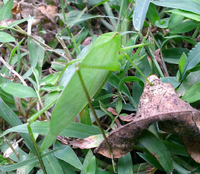 | Recorded by: S. Carpenter
Orange Co.
Comment: | 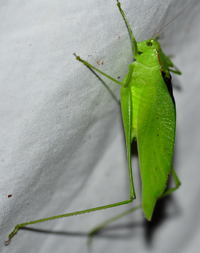 | Recorded by: Kyle Kittelberger
Wake Co.
Comment: |
|

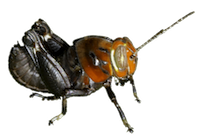 »
»



 »
»

